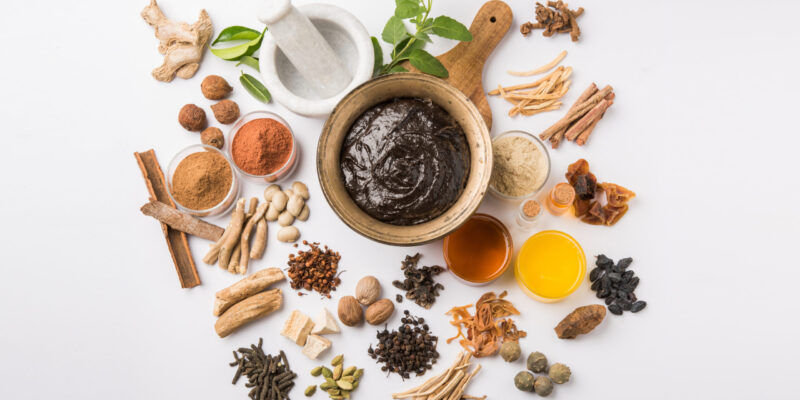Introduction:
In a fast-paced world where stress and hectic schedules have become the norm, more and more individuals are seeking refuge in a transformative travel experience known as wellness tourism. This burgeoning trend goes beyond traditional vacations, focusing on rejuvenation, self-discovery, and overall well-being. Let’s embark on a journey to explore the fascinating realm of wellness tourism and discover how it is reshaping the way we travel.
Defining Wellness Tourism:
Wellness tourism can be broadly defined as the pursuit of maintaining or enhancing one’s personal well-being while traveling. It encompasses a diverse range of activities, services, and destinations that prioritize physical, mental, and spiritual health. From yoga retreats in Bali to meditation workshops in the Himalayas, wellness tourism invites travellers to connect with themselves and their surroundings in a meaningful way.
Key Components of Wellness Tourism:
- Holistic Health Retreats: Wellness tourism often involves retreats focused on holistic health. These retreats offer a break from the daily grind, providing participants with a space to detoxify their bodies, engage in mindfulness practices, and adopt healthier lifestyles. From spa treatments to organic cuisine, these retreats are designed to nourish the mind, body, and soul.
- Adventure and Nature-Based Experiences: Many wellness seekers are drawn to destinations that offer a harmonious blend of adventure and nature. Whether it’s hiking through serene landscapes, practicing yoga on the beach, or participating in eco-friendly activities, these experiences allow travelers to reconnect with nature and find balance in their lives.
- Mindfulness and Meditation Retreats: Mindfulness and meditation have become integral aspects of wellness tourism. Retreats and workshops dedicated to these practices can be found worldwide, providing participants with the tools to manage stress, improve mental clarity, and foster a sense of inner peace.
- Culinary Wellness Experiences: Wellness isn’t just about physical activity; it also involves nourishing the body with wholesome, nutritious food. Culinary wellness experiences focus on farm-to-table dining, cooking classes, and exploration of local, organic cuisines that promote overall health and well-being.
- Spa and Wellness Resorts: Spa and wellness resorts have become synonymous with luxury and relaxation. These destinations offer a range of therapeutic treatments, fitness programs, and healthy dining options, creating a comprehensive experience that caters to both the body and mind.
Impact on Mental and Physical Well-Being:
The rise of wellness tourism signifies a shift in priorities, with travellers increasingly valuing experiences that contribute to their overall health. Engaging in wellness activities during travel has been associated with stress reduction, improved mental health, increased mindfulness, and a greater sense of purpose.
Beyond the Individual: Community and Environmental Impact:
Wellness tourism isn’t only beneficial for the individual traveller; it can also have positive effects on local communities and the environment. Many wellness retreats emphasize sustainable practices, supporting local economies and preserving the natural beauty of their surroundings.
Conclusion:
Wellness tourism offers a transformative approach to travel, encouraging individuals to prioritize their well-being while exploring the world. Whether seeking relaxation on a secluded beach, practicing mindfulness in a mountain retreat, or embracing a holistic lifestyle in a wellness resort, this emerging trend has the potential to redefine our understanding of travel. As we continue to navigate the demands of modern life, the allure of wellness tourism beckons, inviting us to embark on a journey of self-discovery, rejuvenation, and holistic well-being.



